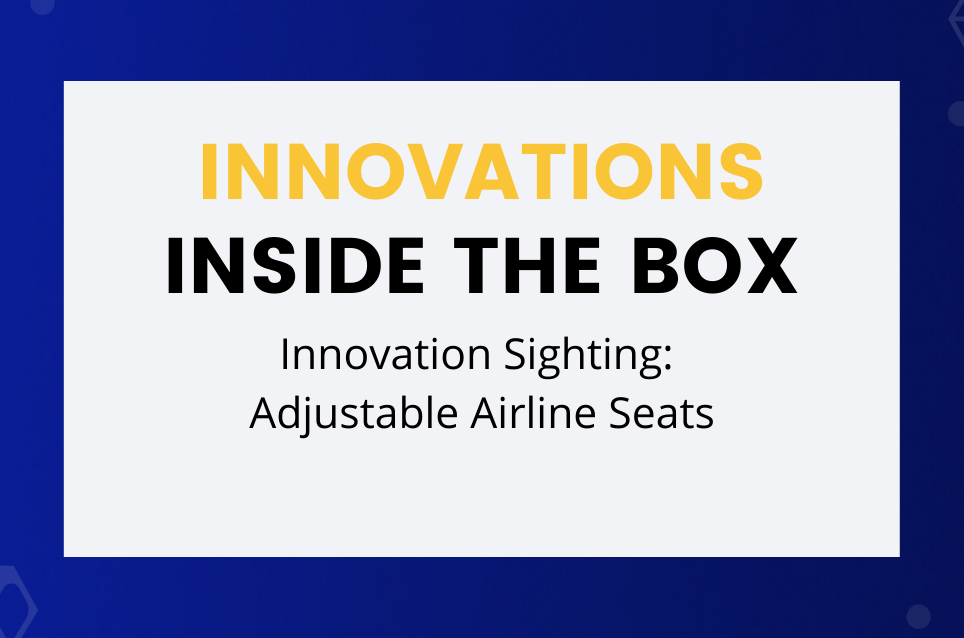Here’s a nice example of the Attribute Dependency Technique, one of five in the innovation method called Systematic Inventive Thinking (SIT). It’s a great tool to make products and services that are “smart.” They adjust and learn, then adapt their performance to suit the needs of the user. Attribute Dependency accounts for the majority of innovative products and services, according to research conducted by my co-author, Dr. Jacob Goldenberg.
From Fox News:
The airline legroom wars may finally be coming to an end.
Engineering firm B/E Aerospace has filed a patent for a “legroom adjustable” seat design that allows flight attendants to move a seat forward or back depending on the size of a passenger, reports the Telegraph.
The seats, which all have moveable wheels, sit on rail tracks lining the aircraft floor. If a taller man or woman is seated in front of a child, for example, the cabin crew will have the ability to move an occupant’s seat several inches back via smartphone or tablet, allowing for extra legroom.
“While passengers come in many sizes, children, adolescents, adults, men, women and with large height differentials within these categories, seat spacing in the main cabin of passenger aircraft is generally uniform except at exit rows,” the designers stated in their patent application, submitted in November.
“The one size fits all seating arrangement can cause discomfort for tall passengers, while a child or relatively small adult may be seated in an identical seat at the seat pitch, with more than ample leg room and in relative comfort.”
The legroom adjustable seat, however, leaves the final spatial arrangement to the discretion of crewmembers, not individual passengers.
“Even a relatively small incremental increase in seat spacing for the tall passengers can provide additional comfort with no loss of comfort to the much smaller passengers seated in front of the tall passengers,” B/E Aerospace said.
To get the most out of the Attribute Dependency Technique, follow these steps:
1. List internal/external variables.
2. Pair variables (using a 2 x 2 matrix)
- Internal/internal
- Internal/external
3. Create (or break) a dependency between the variables.
4. Visualize the resulting virtual product.
5. Identify potential user needs.
6. Modify the product to improve it.





